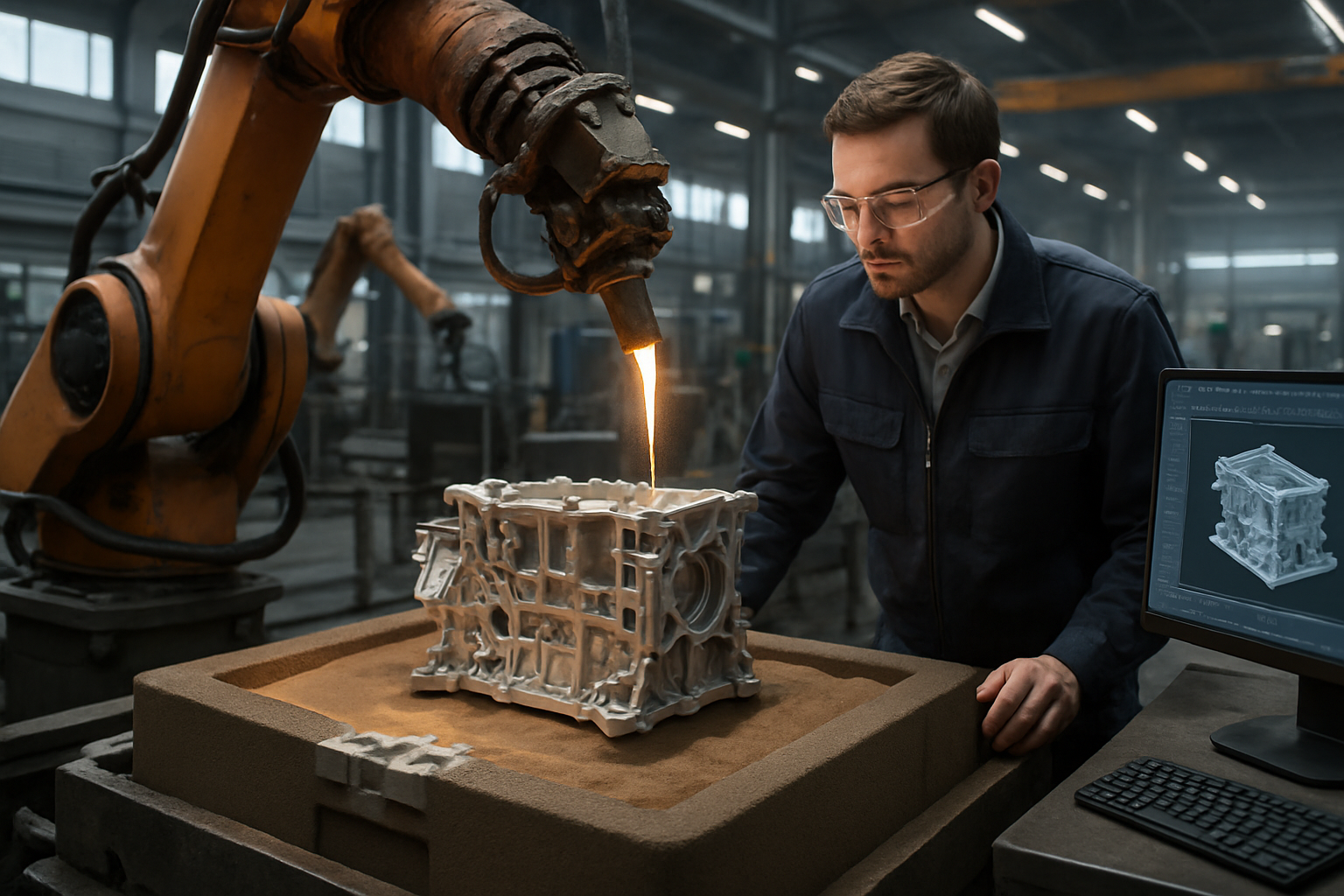Guide To Maximize Your Welding Operations with Automation
Modern manufacturing environments increasingly rely on automated solutions to enhance productivity and maintain competitive advantages. Welding automation represents a significant technological advancement that transforms traditional manual processes into streamlined, efficient operations. By integrating automated welding systems, manufacturers can achieve remarkable improvements in output quality, operational consistency, and overall production efficiency while reducing labor costs and minimizing human error factors.

What Are Automated Welders?
Automated welders encompass a range of sophisticated machinery designed to perform welding operations with minimal human intervention. These systems utilize computer-controlled mechanisms, robotic arms, and advanced sensor technologies to execute precise welding patterns and sequences. Unlike traditional manual welding, automated systems can operate continuously for extended periods while maintaining consistent weld quality and adherence to predetermined specifications.
The technology behind automated welders includes programmable logic controllers, servo motors, and sophisticated feedback systems that monitor and adjust welding parameters in real-time. These machines can handle various welding processes, including MIG, TIG, stick welding, and specialized techniques like laser welding, depending on the specific application requirements and material specifications.
Consistency and Precision in Every Weld
Automated welding systems deliver unparalleled consistency that human operators cannot match over extended production runs. These machines execute identical welding patterns repeatedly, ensuring that each weld meets exact specifications for penetration depth, bead width, and structural integrity. The precision offered by automated systems eliminates variations caused by human factors such as fatigue, skill differences, or environmental distractions.
Advanced automated welders incorporate vision systems and real-time monitoring capabilities that detect and correct deviations during the welding process. This technology ensures that each weld joint maintains optimal characteristics, reducing the likelihood of defects and minimizing post-welding inspection requirements. The result is a significant improvement in overall product quality and reduced rejection rates.
Increased Productivity with Reduced Downtime
Automated welding systems operate at speeds that typically exceed manual welding by 200-400%, depending on the application complexity and material thickness. These machines can run continuously during production shifts, eliminating breaks, shift changes, and other interruptions that affect manual operations. The increased throughput directly translates to higher production volumes and improved delivery schedules.
Modern automated welders feature predictive maintenance capabilities that monitor system performance and alert operators to potential issues before failures occur. This proactive approach significantly reduces unplanned downtime and extends equipment lifespan. Additionally, automated systems require fewer operators per unit of output, allowing companies to reallocate human resources to higher-value activities such as quality control, programming, and system optimization.
Cost Savings Over Time
While the initial investment in automated welding equipment requires substantial capital, the long-term financial benefits justify the expenditure for most manufacturing operations. Automated systems reduce labor costs, minimize material waste, and decrease rework expenses associated with defective welds. The consistent quality produced by automated welders also reduces warranty claims and customer complaints.
Energy efficiency represents another significant cost advantage of automated welding systems. These machines optimize power consumption based on material requirements and welding parameters, often consuming 15-30% less energy than manual operations. Additionally, automated systems reduce consumable waste by precisely controlling wire feed rates, gas flow, and electrode usage.
| System Type | Provider | Cost Estimation | Key Features |
|---|---|---|---|
| Robotic MIG Welding Cell | KUKA Robotics | $150,000-$300,000 | 6-axis movement, integrated safety systems |
| Automated TIG Welder | Lincoln Electric | $80,000-$180,000 | Pulse control, adaptive fill technology |
| Laser Welding System | IPG Photonics | $200,000-$500,000 | High precision, minimal heat distortion |
| Orbital Welding Machine | Magnatech | $50,000-$120,000 | Pipe welding specialization, programmable parameters |
Prices, rates, or cost estimates mentioned in this article are based on the latest available information but may change over time. Independent research is advised before making financial decisions.
FAQs on Laser Welding
Laser welding technology generates common questions among manufacturers considering automation upgrades. The process utilizes focused laser beams to create precise, high-quality welds with minimal heat-affected zones. This technology excels in applications requiring exceptional precision, such as aerospace components, medical devices, and electronics manufacturing.
Key considerations for laser welding implementation include material compatibility, thickness limitations, and safety requirements. Most metals respond well to laser welding, but specific parameters must be optimized for each material type. The process typically handles materials ranging from thin foils to plates several millimeters thick, depending on laser power and beam characteristics.
Safety protocols for laser welding operations require specialized training and protective equipment. Proper ventilation systems, eye protection, and controlled access zones are essential components of safe laser welding operations. Additionally, operators must understand laser classification systems and emergency procedures to maintain workplace safety standards.
Automated welding solutions offer transformative potential for manufacturing operations seeking improved efficiency, quality, and cost-effectiveness. The integration of these technologies requires careful planning, appropriate training, and ongoing maintenance to maximize return on investment. Companies implementing automated welding systems typically experience significant improvements in production metrics, product quality, and operational profitability within the first year of operation.




